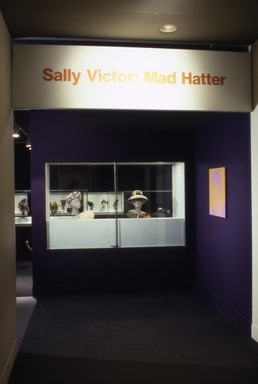

Sally Victor: Mad Hatter, 1935-1965, March 27, 1998 through June 21, 1998 (Image: CTX_E1998i001.jpg Brooklyn Museum photograph, 1998)
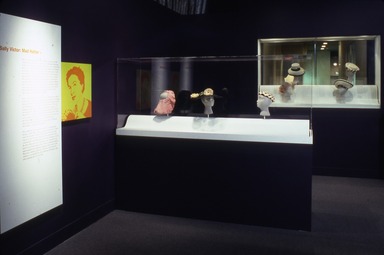
Sally Victor: Mad Hatter, 1935-1965, March 27, 1998 through June 21, 1998 (Image: CTX_E1998i002.jpg Brooklyn Museum photograph, 1998)
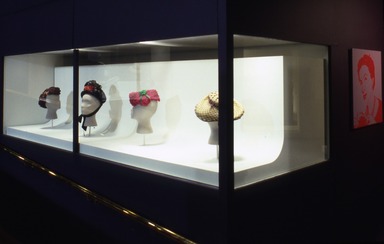
Sally Victor: Mad Hatter, 1935-1965, March 27, 1998 through June 21, 1998 (Image: CTX_E1998i003.jpg Brooklyn Museum photograph, 1998)

Sally Victor: Mad Hatter, 1935-1965, March 27, 1998 through June 21, 1998 (Image: CTX_E1998i004.jpg Brooklyn Museum photograph, 1998)
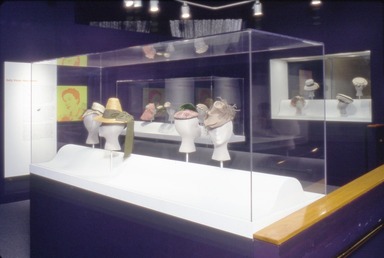
Sally Victor: Mad Hatter, 1935-1965, March 27, 1998 through June 21, 1998 (Image: CTX_E1998i005.jpg Brooklyn Museum photograph, 1998)

Sally Victor: Mad Hatter, 1935-1965, March 27, 1998 through June 21, 1998 (Image: CTX_E1998i006.jpg Brooklyn Museum photograph, 1998)
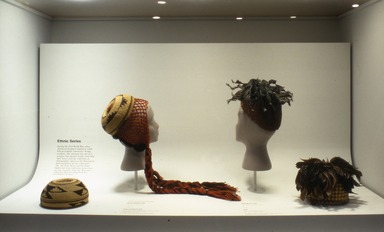
Sally Victor: Mad Hatter, 1935-1965, March 27, 1998 through June 21, 1998 (Image: CTX_E1998i007.jpg Brooklyn Museum photograph, 1998)

Sally Victor: Mad Hatter, 1935-1965, March 27, 1998 through June 21, 1998 (Image: PHO_E1998i030.jpg Brooklyn Museum photograph, 1998)
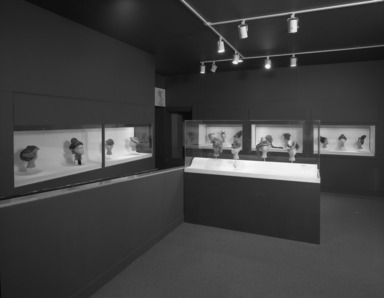
Sally Victor: Mad Hatter, 1935-1965, March 27, 1998 through June 21, 1998 (Image: PHO_E1998i031.jpg Brooklyn Museum photograph, 1998)

Sally Victor: Mad Hatter, 1935-1965, March 27, 1998 through June 21, 1998 (Image: PHO_E1998i032.jpg Brooklyn Museum photograph, 1998)
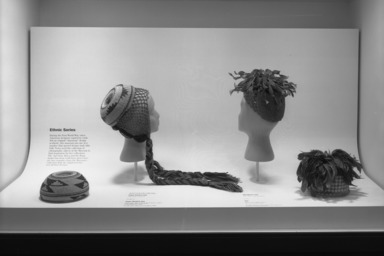
Sally Victor: Mad Hatter, 1935-1965, March 27, 1998 through June 21, 1998 (Image: PHO_E1998i033.jpg Brooklyn Museum photograph, 1998)
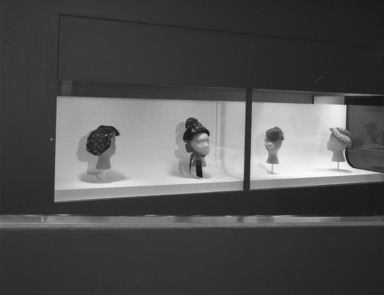
Sally Victor: Mad Hatter, 1935-1965, March 27, 1998 through June 21, 1998 (Image: PHO_E1998i034.jpg Brooklyn Museum photograph, 1998)
Sally Victor: Mad Hatter, 1935-1965
-
June 1, 1998
Sally Victor, Mad Hatter: 1935–1965, an exhibition of twenty-five hats created by the legendary American milliner, will be extended through August 23 at the Brooklyn Museum of Art. It is the first known exhibition of her work. The presentation, which opened on March 19, includes some of Sally Victor’s most important designs from the 1930s through the decline in popularity of the hat in the mid-1960s.
Featured in the exhibition is Miss Victor’s Ethnographic Series, first begun during World War II and inspired by the African and Peruvian collections at the Brooklyn Museum of Art; the revival of nineteenth-century styles like the hood, snood, and bonnet; updated versions of European fold headwear; the Artists’ Series with motifs adapted from Matisse, Picasso, Braque, Gauguin, and Mondrian; and modern designs like the “Airwave” hat worn by Mamie Eisenhower for the 1952 Presidential Inauguration.
The hats from the Museum’s costume and textile collection illustrate Victor’s unique style. Born in Scranton, Pennsylvania, in 1905, Sally Victor studied painting in Paris and later worked as a saleswoman at Macy’s, where she learned millinery from the point of view of the buyer and customer. She eventually opened her own establishment, where she focused on, as she put it, “designing pretty hats that make women look prettier.” Her retirement in 1968 coincided with the demise of the hat as an essential fashion accessory.
Brooklyn Museum Archives. Records of the Department of Public Information. Press releases, 1995 - 2003. 01-06/1998, 149-150.
View Original -
December 1, 1997
An exhibition of twenty-five hats created by Sally Victor (1905–1977) will highlight her role as a great American milliner. Sally Victor: Mad Hatter, 1935–65, on view at the Brooklyn Museum of Art March 19 through June 21, 1998, will include some of her most important designs.
The exhibition will highlight Victor’s most important “theme” hats, from her earliest creations of the 1930s through the decline in popularity of the hat in the mid-1960s. The exhibition will feature the Ethnographic Series, first begun during World War II and based specifically on objects from the African and Peruvian collections of the Brooklyn Museum of Art; the historical revival of nineteenth-century styles like the hood, snood, and bonnet; updated versions of European folk headwear; the Artists’ Series with motifs adapted from Matisse, Picasso, Braque, Gauguin, and Mondrian; and modern designs like the “Airwaves” hat worn by Mamie Eisenhower for the 1952 Presidential Inauguration.
Born in Scranton, Pennsylvania, in 1905, Sally Victor studied painting in Paris and later worked as a saleswoman at Macy’s, where she learned millinery from the point of view of the buyer and customer. Victor then opened her own made-to-order millinery establishment. Her retirement in 1968 coincided with the demise of the hat as an essential fashion accessory and with the increasing casualness of the American lifestyle.
Nearly twenty-five hats culled exclusively from the Museum’s costume and textile collection will illustrate Victor’s unique style. She was inspired by a wide variety of sources, among them, as Victor readily acknowledged, fine arts and architecture. Victor focused on what she knew women wanted; as she put it, “designing pretty hats that make women look prettier.” As well as being pretty, her designs displayed a great sophistication usually described as especially “American.” She was not only prolific in the variety of her made-to-order hats for each season but was also among the first to establish a ready-to-wear line, Sally V.
Sally Victor: Mad Hatter, 1935–65, is curated by Patricia Mears, Assistant Curator, and Carolyn Burgess, Research Associate for Costumes and Textiles, in the Decorative Arts Department at the Brooklyn Museum of Art.
Brooklyn Museum Archives. Records of the Department of Public Information. Press releases, 1995 - 2003. 1997, 169-170.
View Original

